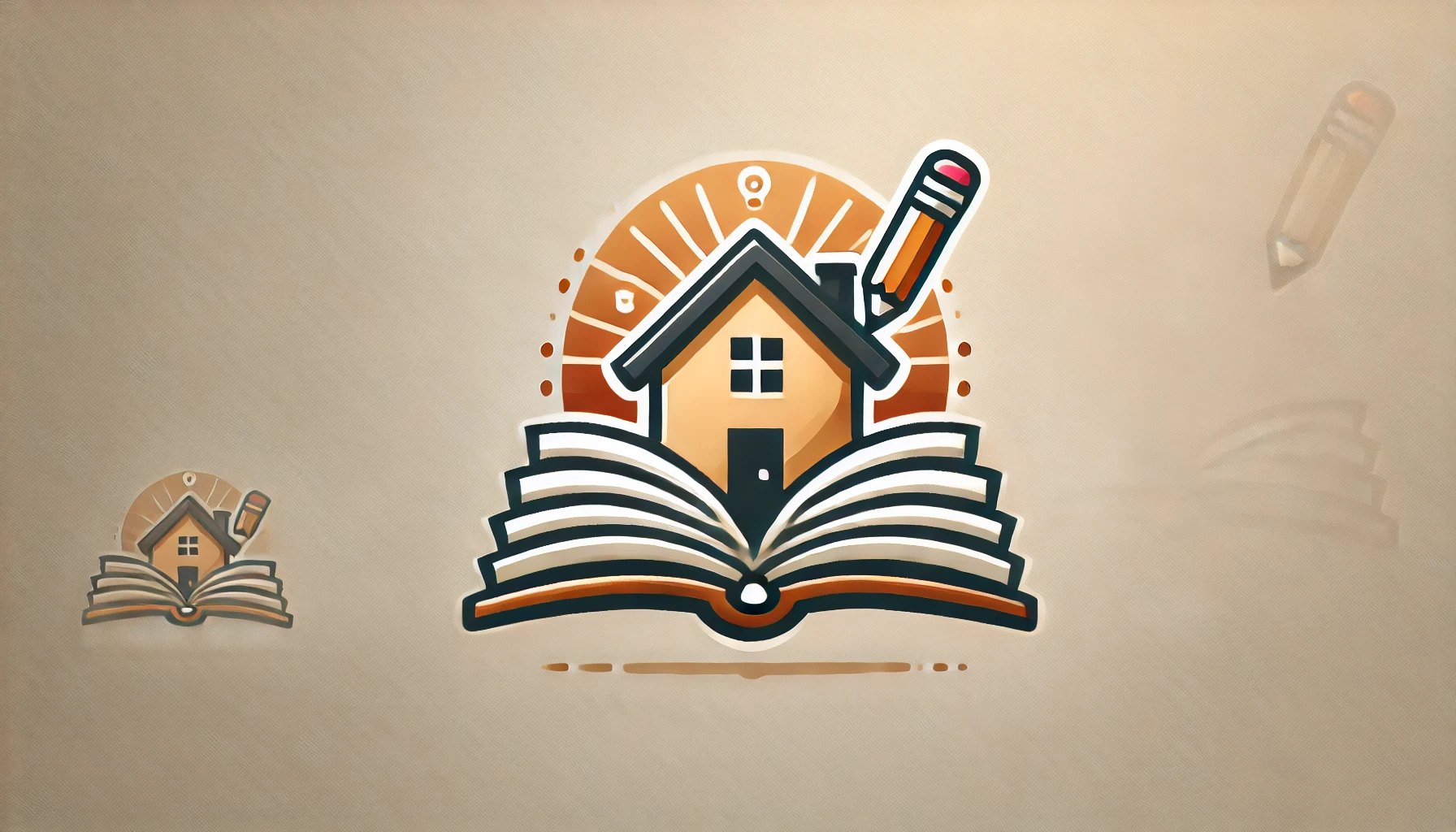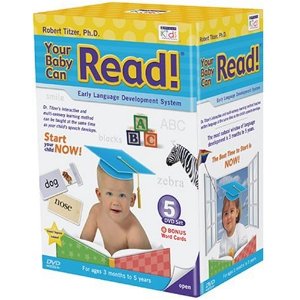Image source: Homeschool.com
Okay, you have decided to homeschool and you, kids and family have bought text books, join the homeschool group, set out the room for teaching, Now what? Basic structure of homeschooling can help get you going.
- Home Learning Year by Year: How to Design a Homeschool Curriculum from Preschool Through High School
Well Planned Day Family Homeschool Planner, July 2011 – June 2012
Now that you have begun your homeschooling schedule, there are
various questions that trouble you. Should you study continuously,
take a number of short breaks or a long vacation? What about
public holidays? When should you take a break?
The answer to these questions and many more like these are
actually quite simple: Do whatever suits you best. This is one of
the appealing benefits of homeschooling. You do not have a set
pattern to follow. You do not HAVE to take that autumn break, or
close shop for a prolonged summer vacation. Flexibility is the key
here. For some practiced unschoolers, even a definite curriculum
is not necessary because lessons are a part of their day- to-day
life. But this may not be the case with beginners. Beginners may
need to chart out their activities to fall into a pattern.
Before you plan the structure of your classes, consider some of
the most important issues. What method of homeschooling will you
be following, what is your teaching style and your child’s
learning style, what are the work and play schedules, what are
your vacation plans. Some families plan small 1-week vacations at
different times of the year. Other families prefer to go away for
a month or more. Consult with the members of your family, and
chart out a holiday schedule that most suits you.
There are some positive benefits in following the traditional
summer vacation schedule. Firstly, your children can benefit from
the various summer activities, camps and classes. Your child’s
schedule will coincide with that of his school-going friends. A
summer job may be possible. A longish summer break also means that
both parents as well as children get a break from their daily
lessons. This could also be a major drawback, as it is sometimes
difficult to get back on track once the classes resume.
On the other hand, there are some advantages to taking numerous
small breaks in the course of a year. Firstly, children do not get
bored since they get time to explore other interests. You can
cover more topics in the extra time that you save. You can also
take family trips and vacations during the less popular periods of
travel. This means lesser crowd and better prices. But beware if
your child becomes restless when other children are enjoying their
long summer vacations.
As far as homeschooling is concerned, you and your family are the
people in charge. Taking care of the individual needs of the child
is the primary focus of this system. So, tailor the school year to
suit your child’s needs. Periodic evaluation is a must. Set some
realistic goals and see if you are able to achieve these goals.
Most importantly, avoid burnout – both in yourself and your
children.










